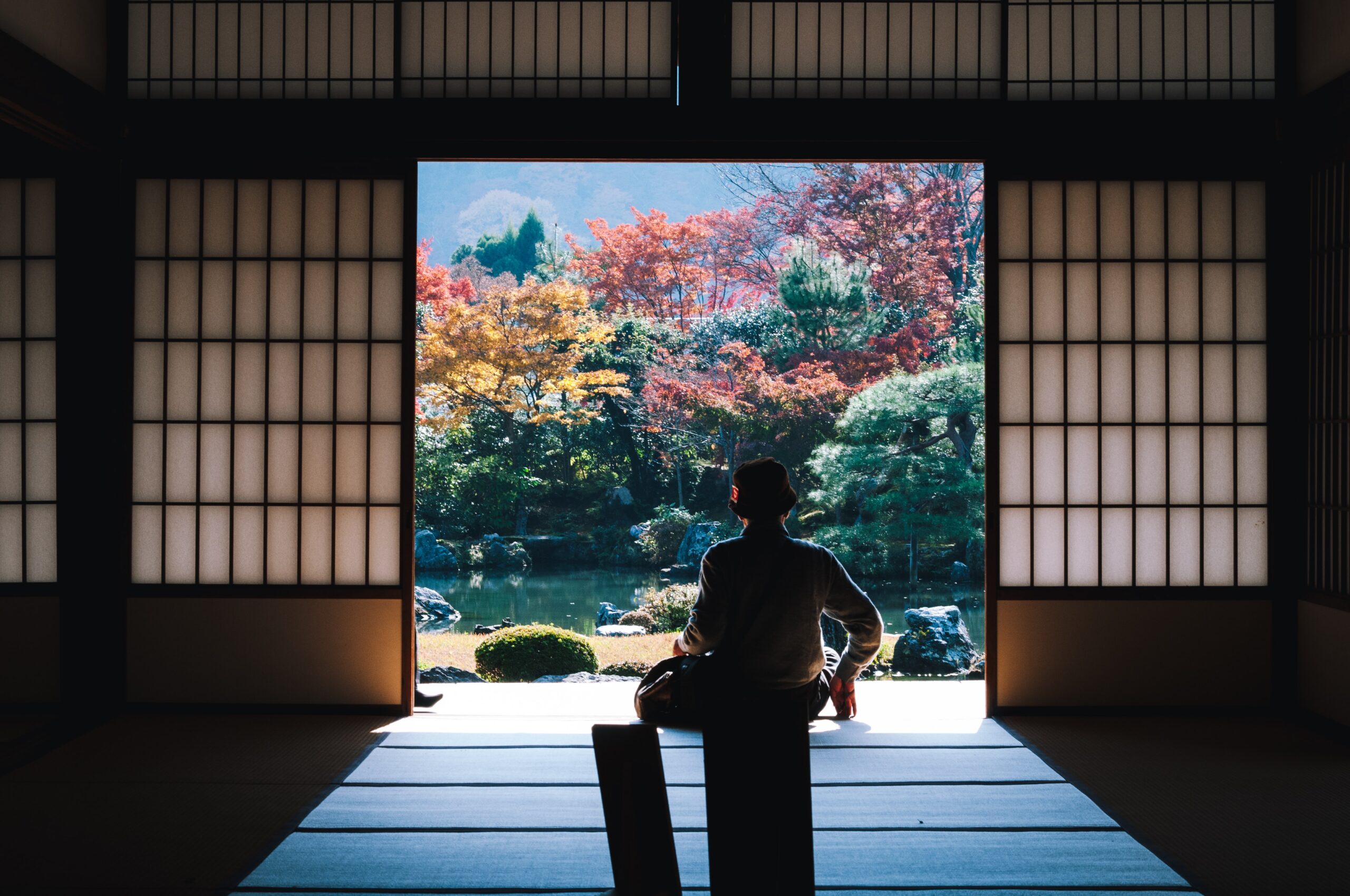WATG Strategy: 5 trends impacting hospitality in Asia Pacific now
By Guy Cooke
July 26, 2021
Despite ongoing challenges, hospitality in Asia Pacific remains a hotbed of exciting development activity. Long established markets are reinventing themselves in response to changing visitor profiles and evolving expectations, while simultaneously a new set of destinations are emerging for tourists to explore once restrictions abate.
With all eyes on Tokyo for the 2020 Olympics, we chat with Guy Cooke, our Singapore-based Director of Strategy, about the trends impacting hospitality development in Asia Pacific right now.
For more research and insights from WATG Strategy, click here.
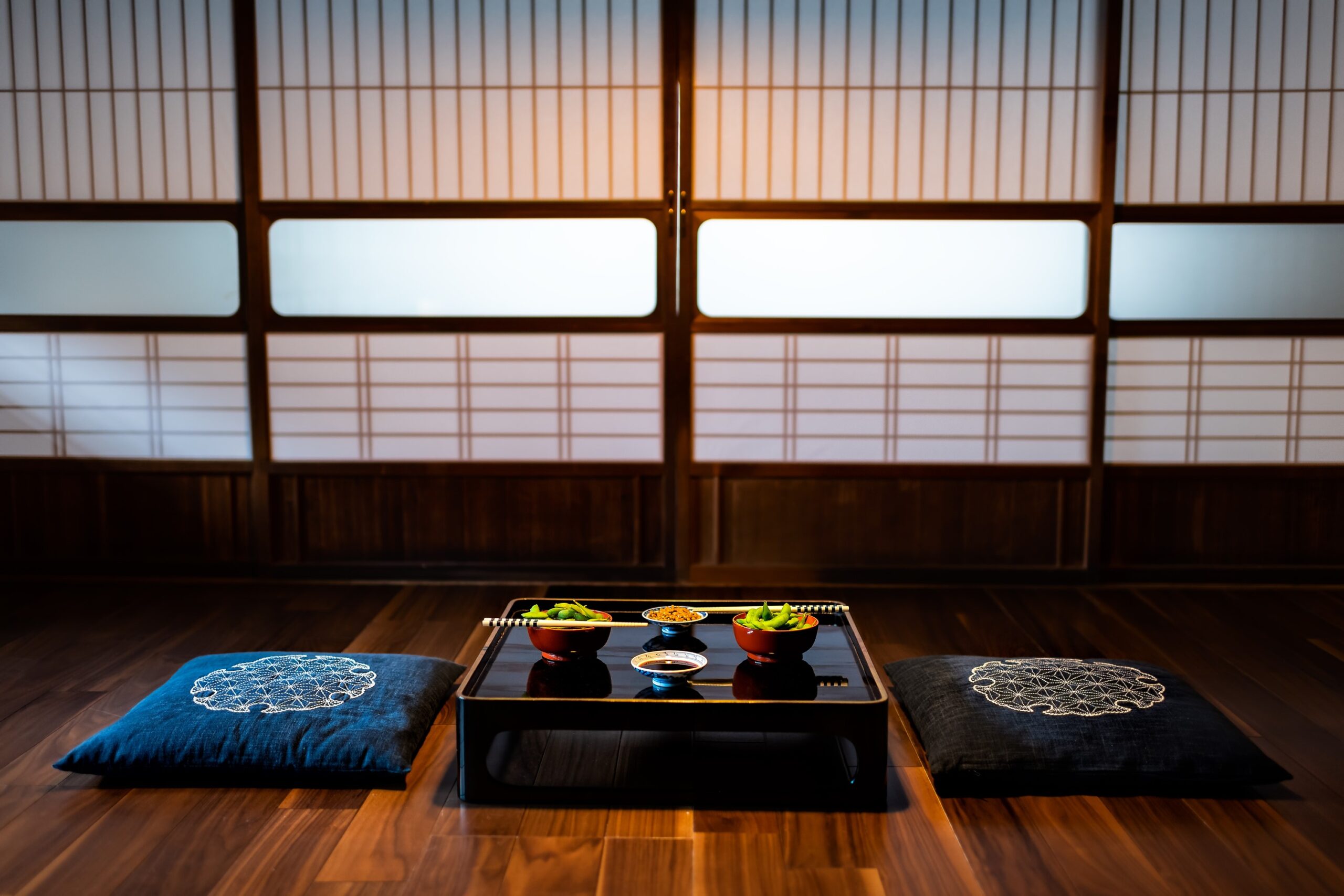
Visitors to Japan expect a unique cultural experience
1. A Japanese take on luxury
Japan’s luxury, upper upscale and upscale hotel sectors remain under-supplied when compared to other mature international destinations, representing clear opportunities at the top of the market. Visitors are expecting a unique cultural experience, such as omotenashi – the spirit of Japan’s hospitality and service ethos – rather than the standardized service that has historically been more typical in the sector internationally. In these settings, on-site onsen and kaiseki are increasingly prioritized over pools and room service, and a new breed of luxury ryokans are emerging, merging Japanese tradition with exceptional service and facilities.
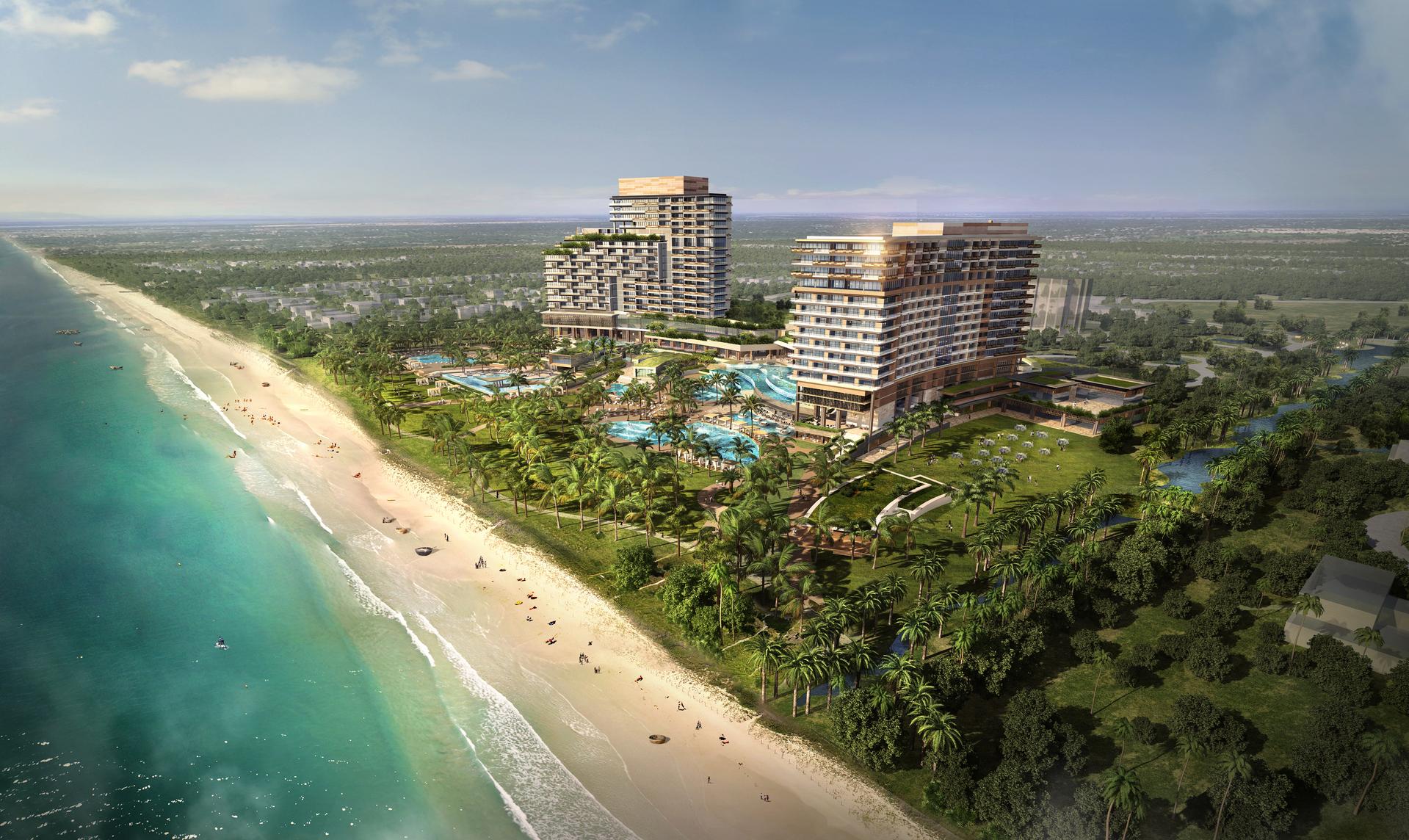
Vietnamese integrated resort New World Hoiana, and the nearby Hoiana Shores Golf Club, were designed by WATG’s architecture and landscape architecture teams
2. IRs bet big on Asia
Integrated resorts – also known as IRs – are large-scale hospitality developments anchored by gaming, but with a range of other leisure and entertainment facilities beside. The IR market is proliferating across the region, with a set of new players coming to the table. In the context of such an increasingly competitive landscape, the next generation of integrated resorts will need consider differentiation through innovative and market-driven leisure and entertainment activities as well as the ongoing evolution of the gaming experience. Creating the next unique destination experience requires key insights into consumer trends and preferences of both gaming and non-gaming segments – more from WATG Strategy on that soon.
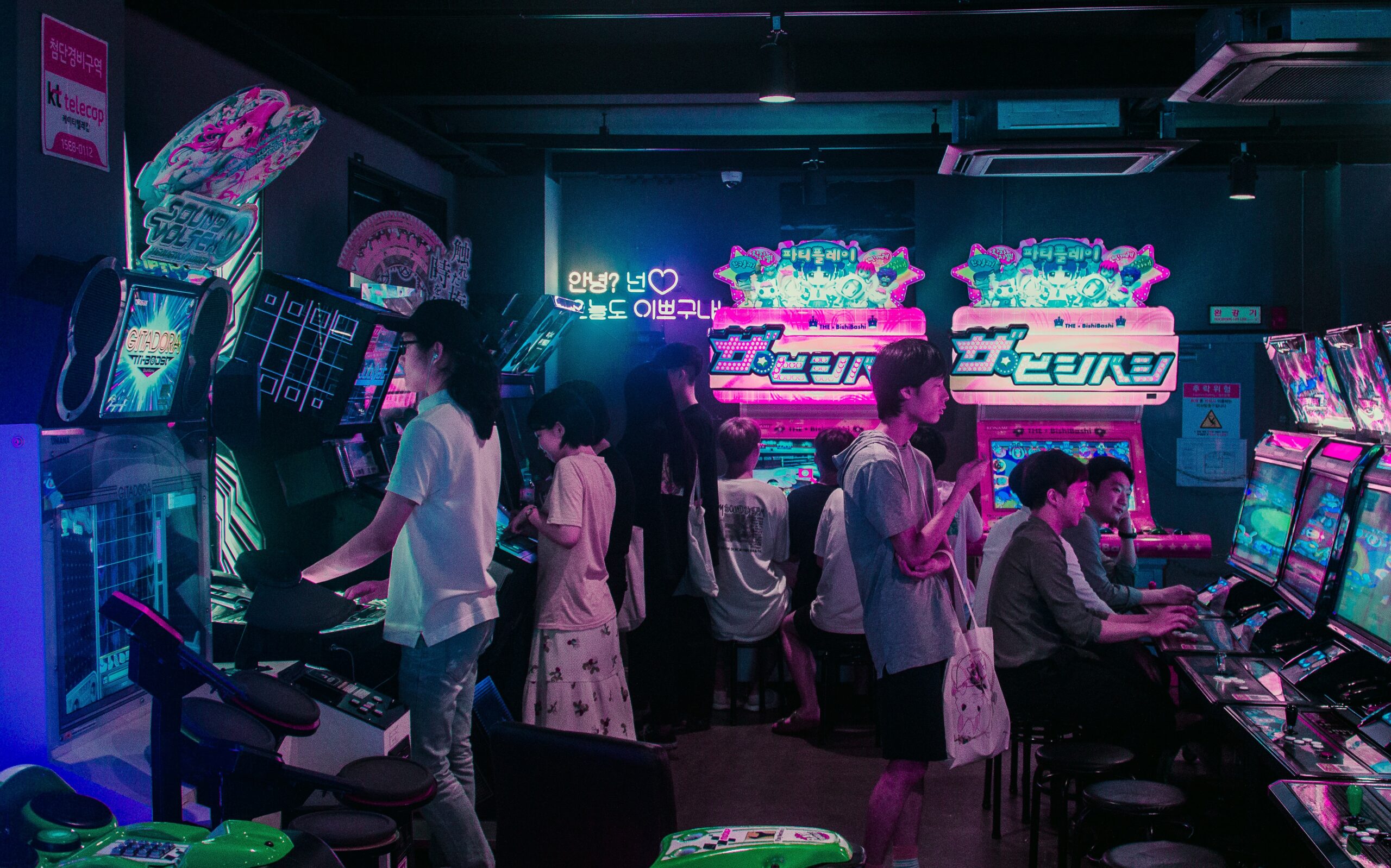
Cyber wave, in Seoul, South Korea, by Ciaran O’Brien
3. The ‘Hallyu’ effect
Hallyu is a collective term describing the growth of Korean culture and pop-culture, translating to ‘Korean wave’ in Chinese. In hospitality projects, we are seeing a marked increase in properties leveraging this phenomenon for the theming of outlets, attractions and events. In a recent study, 63%* of independent travelers visited Korea to experience its popular culture, and one in every 13* tourists indicated that BTS, a K-pop boy band, was the main reason for their visit. For the next generation of hotels, entertainment parks and even F&B outlets, we expect it to reach an unprecedented level.
Fun fact: following the success of K-pop, the Korean government has even launched a ‘Hallyu’ department to further support the expansion of the Korean Wave.
*Hyundai Research Institute (HRI)
**Korea Association of Travel Agents (KATA)
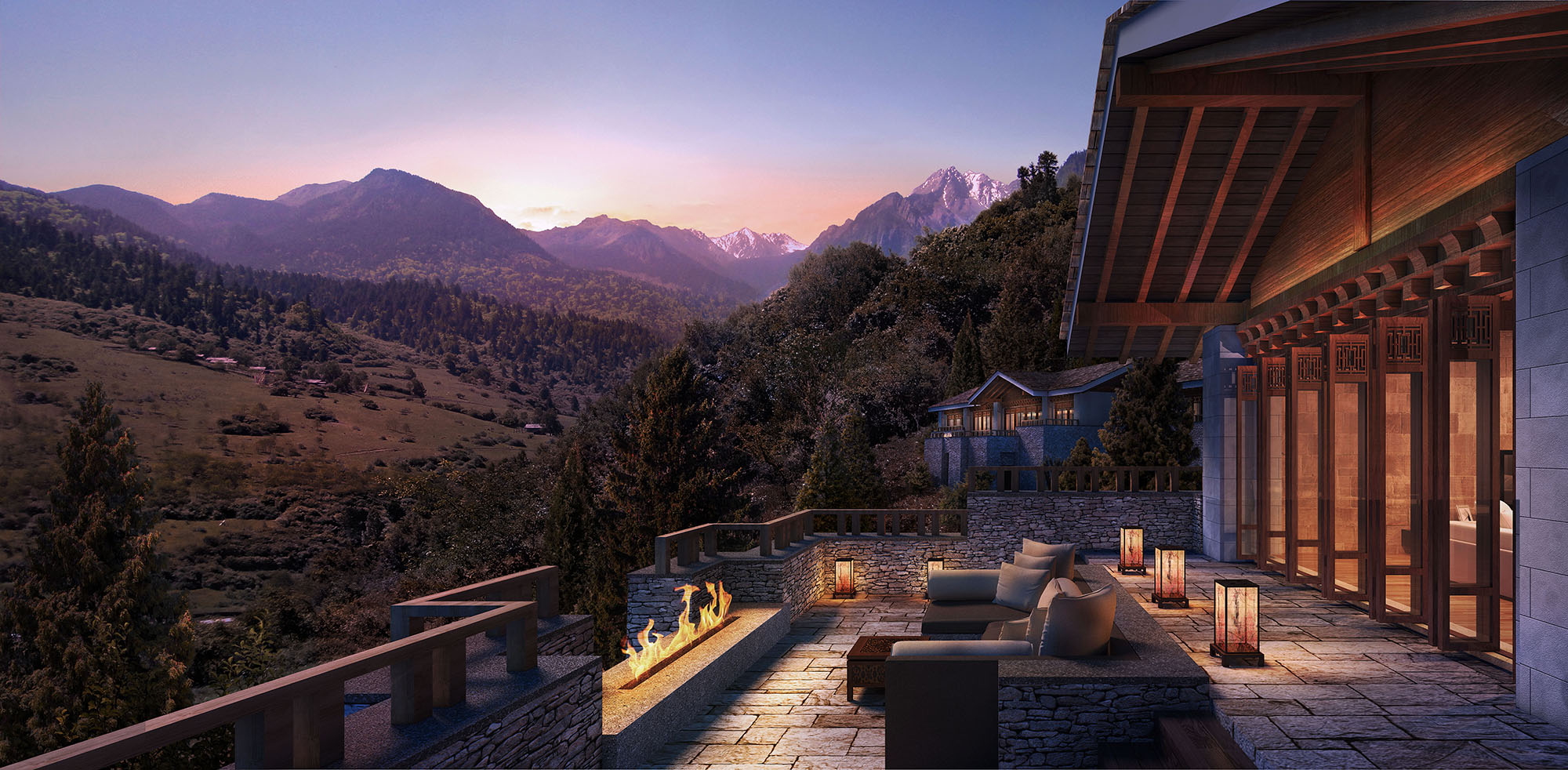
The WATG-designed Ritz-Carlton Jiuzhaigou, which faces cool temperatures from November to February, opens later this year
4. A mountain for all seasons
Across Asia Pacific, mountain resorts are increasingly looking to diversify their offering with a focus on summer activities – balancing appeal and revenue generation throughout the year. Operating on a 365-day model is more important now than ever, as climate change threatens many industries – including ski – with unpredictable weather and shorter seasons. Creative programming and activities that cater to a broad visitor mix are key to the development of a successful year-round destination.
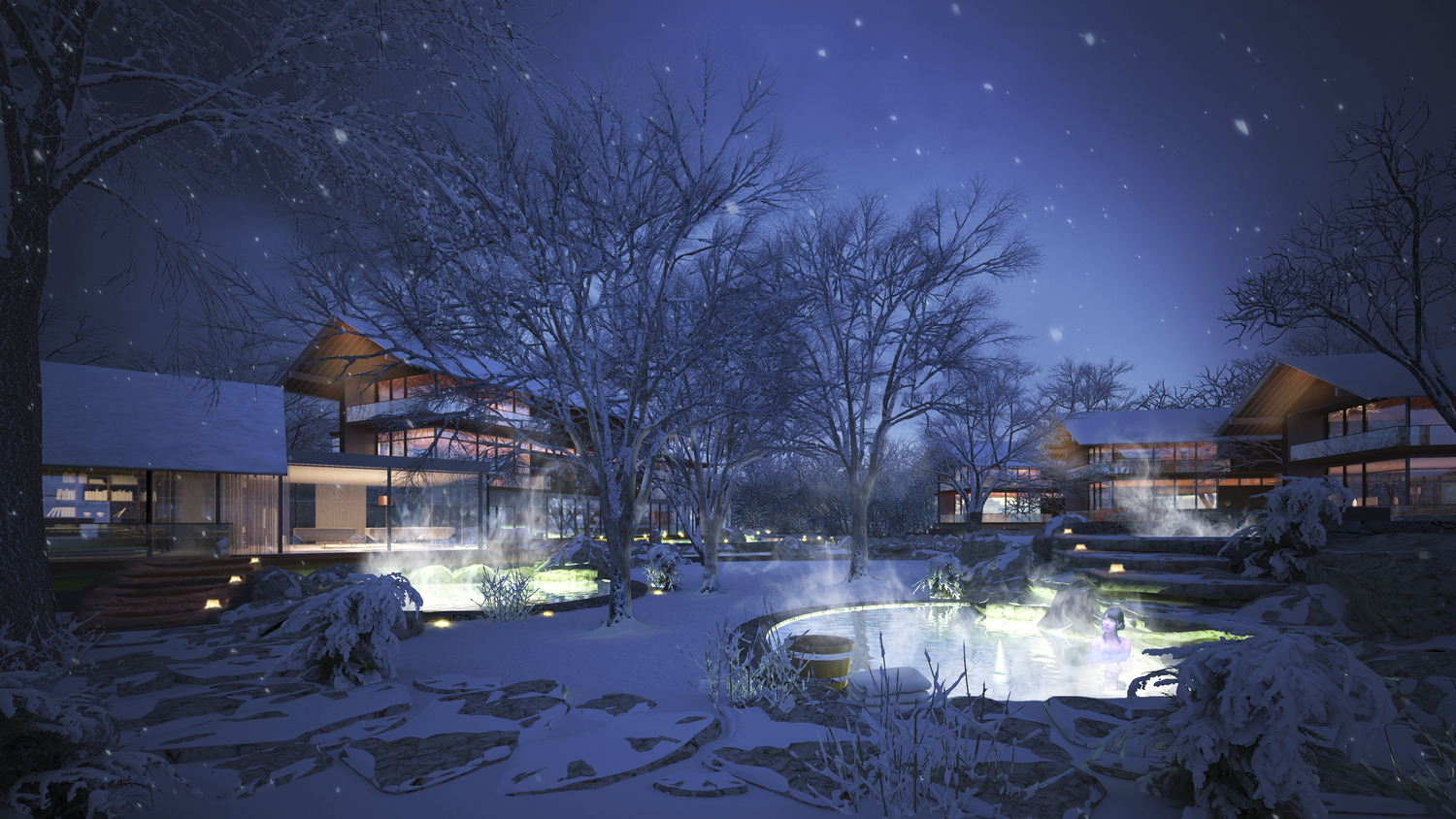
Concept for a mountain resort in Japan, designed by WATG
5. Winter wonder ‘brand’
Ski and mountain resorts in the region are moving away from the traditional self-catering alpine ski condo/chalet concept, with the provision of more luxury accommodation options. International hospitality brands are increasingly making their presence in this space, with a swathe of high-end hotels and branded residences that appeal to affluent and discerning travelers and investors. Destinations such as Niseko are seeing a lot of investment and with it, exciting new product from brands such as Ritz-Carlton Reserve, W Hotels, EDITION, Aman, Capella, Park Hyatt and Six Senses.
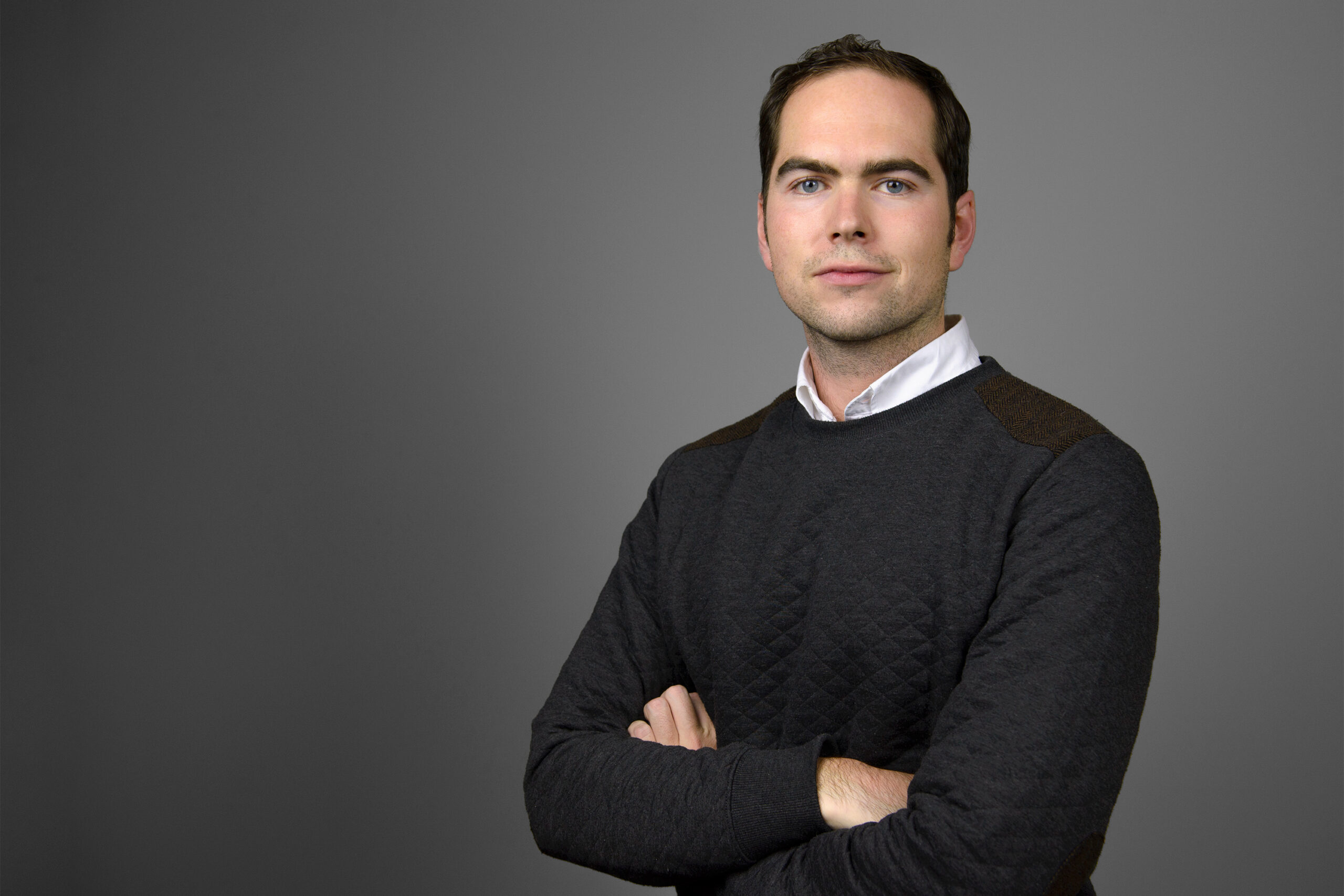
About the author
Guy Cooke is a Senior Associate and Director of Strategy, based in WATG’s Singapore office. With extensive global experience in the hospitality space, Guy’s role focuses on market analysis, development strategy and financial feasibility for the hotel, resort, branded residential, mixed-use and attraction sector. He is an avid follower of lifestyle trends and market insights and collaborates with our design teams to ensure creative yet strategic, future-proof solutions for clients and end-users.
Latest Insights
Perspectives, trends, news.

- Employee Feature
Designing for Joy, Purpose and Belonging

- Employee Feature
Designing for Joy, Purpose and Belonging
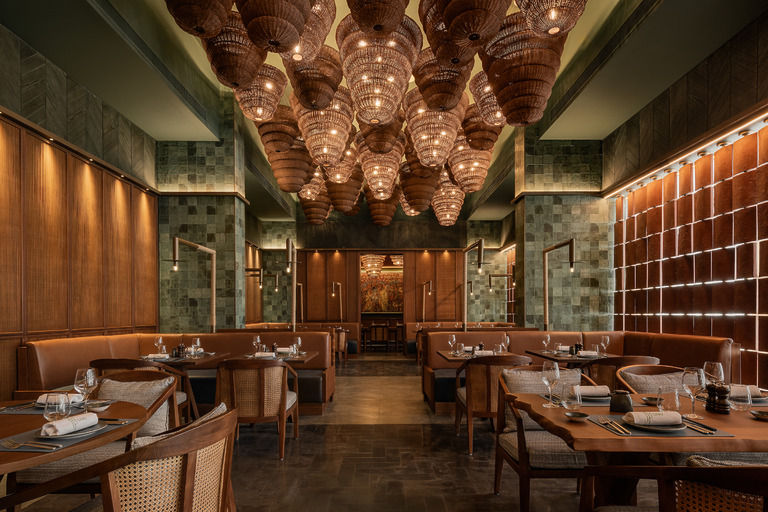
- Strategy & Research
Hospitality Trends 2026 by WATG Advisory
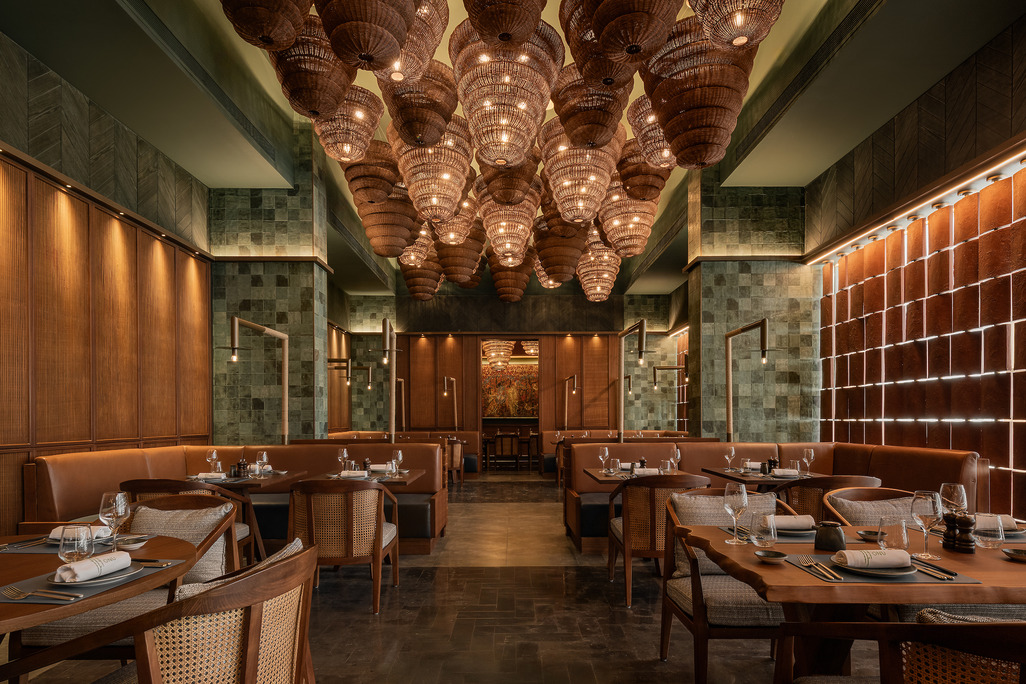
- Strategy & Research
Hospitality Trends 2026 by WATG Advisory
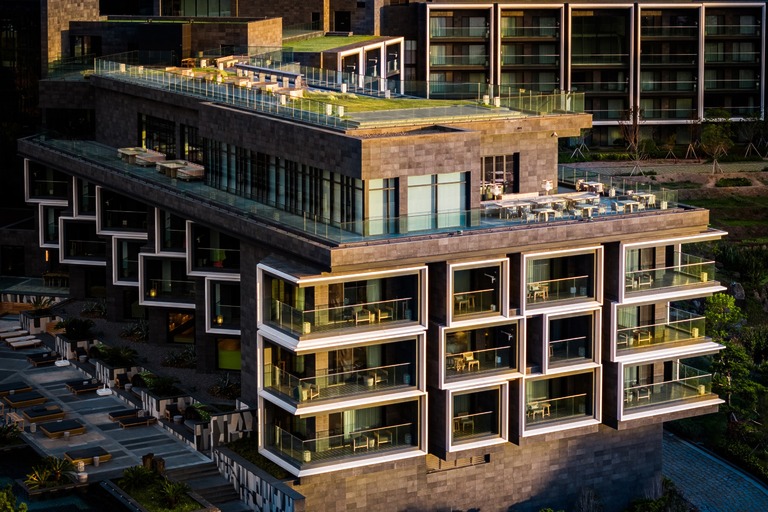
- Strategy & Research
Design to Perform: Aligning Creativity with Commercial Goals
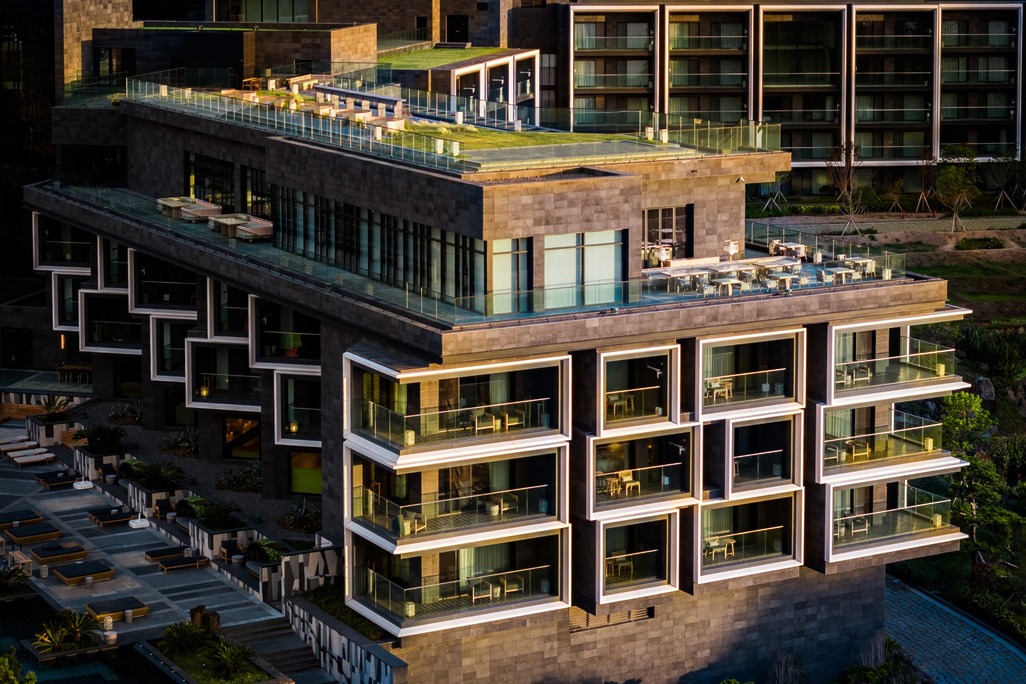
- Strategy & Research
Design to Perform: Aligning Creativity with Commercial Goals
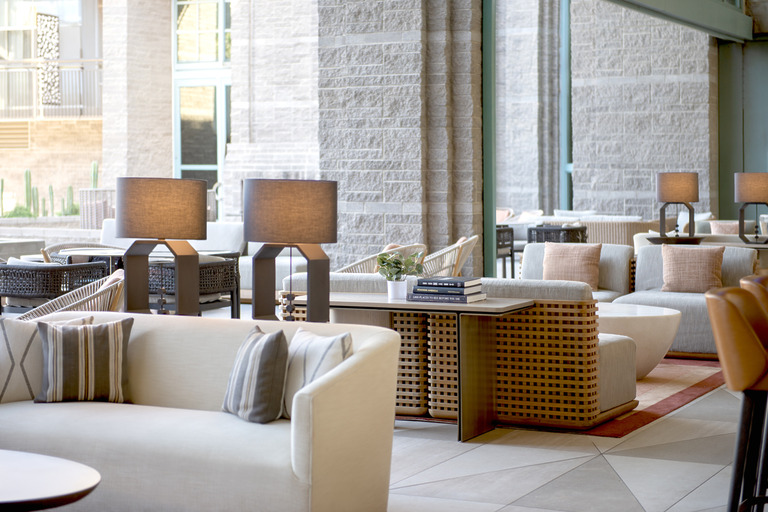
- White Paper
The Future of Group Travel: Insights from WATG Research’s 2025 Sentiment Survey
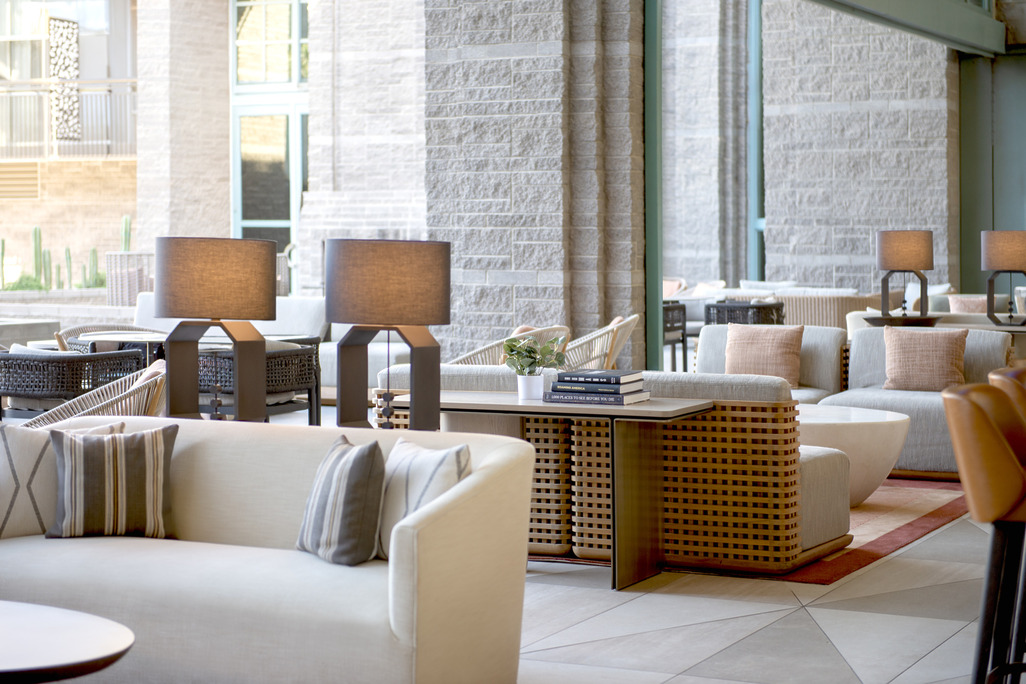
- White Paper
